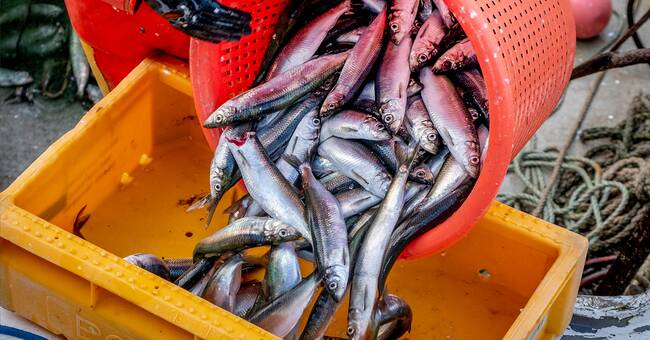The catch quotas for next year mean sharp reductions, especially for cod and herring fishing in an attempt to alleviate the pressure on hard-pressed fish stocks.
At the same time, there will be increased quotas for plaice, sprat and salmon in the Gulf of Finland.
However, it took a long time for the EU countries to agree.
Only at 11.30 on Tuesday could the Presidency of the Council of Ministers of Slovenia tweet about a final settlement, after negotiations throughout the evening and night.
“Political agreement ready for catch and land quotas for 2022 for the ten most economically important fish stocks in the Baltic Sea.
More information will come ", writes the Slovenian Presidency.
A press conference is scheduled for Tuesday afternoon.
More plaice
This morning, sources for TT stated that, among other things, the number of salmon that the country will be allocated next year has fallen from the Finnish side.
And Germany has not wanted to agree to the proposal for reduced herring quotas in the western Baltic Sea.
"We can not accept that our fishermen in the Baltic Sea have to accept massive cuts while fishing continues in the northern areas of the Kattegat and Skagerrak," German Agriculture Minister Julia Klöckner told the Council of Ministers' cameras in Luxembourg.
The end result was, among other things, that the cod quota in the western Baltic Sea will be slightly higher than what the European Commission had proposed.
This still means an 88% reduction compared to this year and only permission to take up cod as a by-catch in other fisheries.
Compared with the European Commission's original proposal, quotas for plaice and sprat are also being increased, while slightly more salmon may be picked up in the Gulf of Finland, compared with the original plans.

